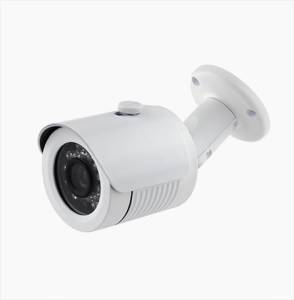
Choosing a camera can feel overwhelming with so many options available. Understanding the different camera types is the first crucial step to finding the perfect fit for your needs and budget. This guide breaks down the key categories, highlighting their strengths and weaknesses to help you make an informed decision.
This detailed breakdown should provide a solid foundation for choosing the camera type that best meets your photography needs and budget. Remember to consider factors beyond just the camera type, such as lens options, sensor size, and desired features, before making your final decision.
Looking for Best Price